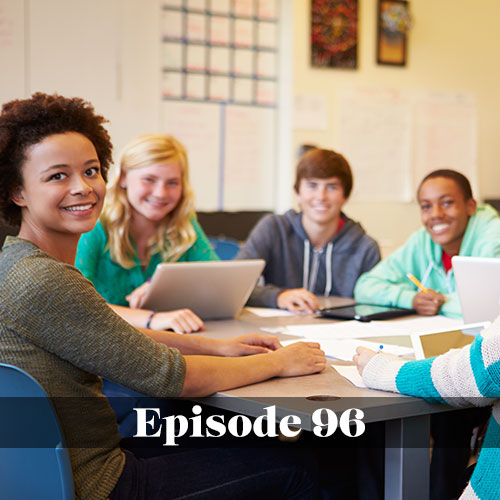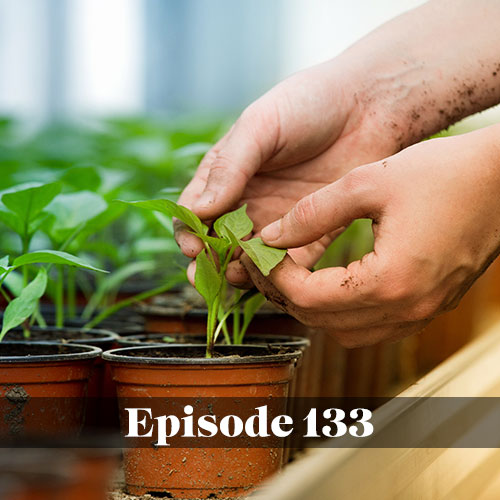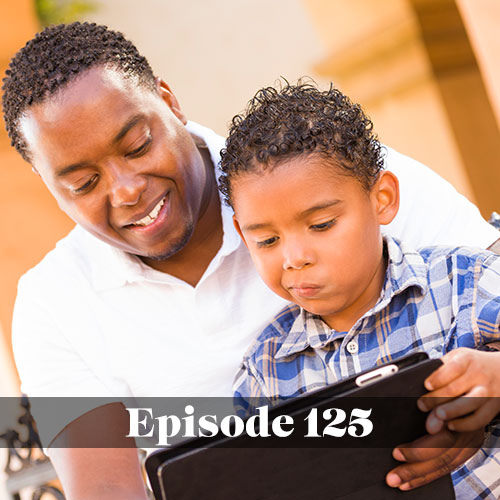In this episode, host Joel Gagne speaks with Dr. Creg E. Williams, the Superintendent of Schools for Thornton Fractional High School District 215 in Illinois. The two discuss both the opportunities and challenges of diversity in public education.
Dr. Williams’ district, southeast of Chicago, includes four schools with about 3,400 students. It is a diverse community with a makeup of about 65% African American and about 25% Latino residents, says Dr. Williams, who also serves as president of the Superintendents Commission for the Study of Demographics and Diversity, an organization of 38 school districts.
Addressing challenges on the horizon, Dr. Williams says gender diversity in public education will continue to be a relevant issue.
Speaking to diversity in public education more broadly, Dr. Williams says it’s important for districts to have faculty and staff who are able to relate to students of all backgrounds.
“No matter what color you are, it’s great for young people to be taught by individuals that they recognize as being of similar backgrounds from them,” Dr. Williams says.
Under Dr. Williams’ leadership, the district has a graduation rate of 95%, and 90% of students are applying to go to college.
Being proactive has been the key to raising the district’s graduation rate from the high-70% range.
Dr. Williams says that’s meant analyzing performance on a quarterly basis.
“What we began to do five or six years ago is we began to look at every child and to monitor every child from the ninth grade through the 12th grade,” he says. “And not necessarily wait until a child is failing to intervene. We focus right there to make sure they get the support they need.”
Support may include a homework center after school or tutoring during lunchtime.
Dr. Williams talks about his focus on health and wellbeing, including by eliminating processed foods and soft drinks.
“When I became superintendent here I wanted to take that to the next level,” he says. “I went to the board of education and made a proposal.”
The board green-lighted the program, which included the hiring of sous chefs and incorporating the school’s culinary education program so students could gain real-world experience.
Joel and Dr. Williams talk about how technology plays into the public education experience.
Many districts try to get a device in the hands of every student. But Dr. Williams says every student needs to know how to integrate the use of many different devices and technologies, such as a smartphone, iPad, tablet, 3D technology, smart TVs and coding.
“One of the things that we focus on in our school district is making sure that every one of our students has an opportunity to learn how to work four to five different technological platforms every day they’re in school,” Dr. Williams says. “So it’s a different kind of approach.”
Adaptable is the keyword, Dr. Williams says.
“Our goal is to stay ahead of that curve as much as we can,” he says. “So, no matter what the newest technology is, the kid understands how to work those different platforms and those different devices.”
If he could change one thing about public education, Dr. Williams says he would improve the overall quality of facilities around the country.
Recommending a book, Dr. Williams suggests The Innovator’s Mindset by George Couros, but says he also likes articles and journals to be able to deliver messages immediately.
Got a question or topic you’d like covered in an upcoming We Love Schools podcast? Email us at info@weloveschoolspodcast.com
First time listening to We Love Schools? Learn more about our weekly podcast.
Interested in learning more about how the Allerton Hill Communications team can help your school with communications? Contact us today.






